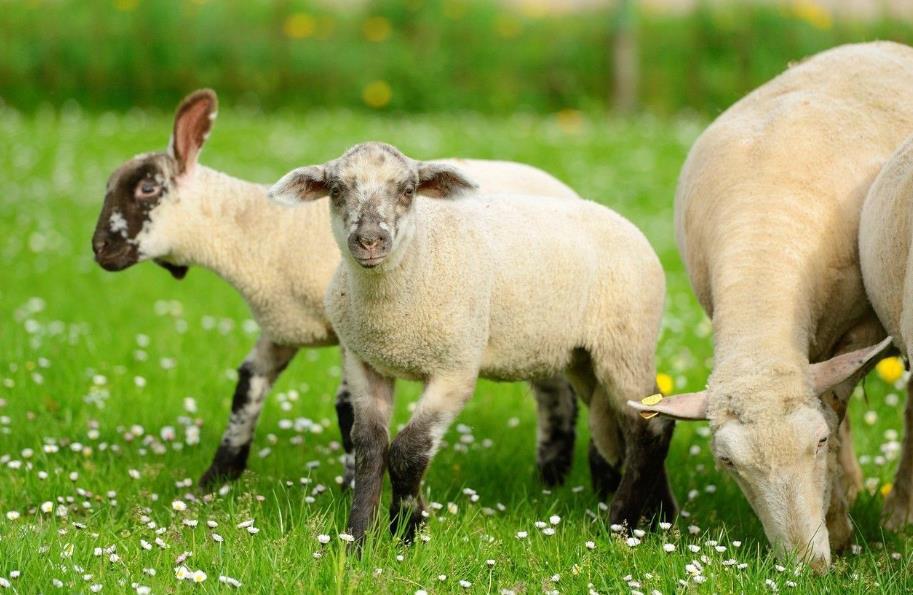The main reason is that the vitamin D content in the feed is insufficient or the sunlight is insufficient, which leads to the lack of vitamin D in the lamb, which directly affects the absorption of calcium and phosphorus and the balance of calcium and phosphorus in the blood. In addition, the disease can be induced by multiple causes of malnutrition, such as improper or lack of calcium and phosphorus in the feed of pregnant ewes or lactating sheep, damp, dirty and dark enclosure, poor digestion of sheep and so on.
Symptoms: in the early stage, the sick sheep showed slow growth, heterophilia, lying, unwilling to move, slow rise and lie, and limping. The mandible is swollen and the long bones are deformed. The two front and rear limbs are often “O” shaped legs, which are weak. Swelling of joints, especially wrist and tarsal joints, Rosary swelling of ribs near sternum, and pain on palpation. In the later stage, the wrist often crawls on the ground and the hind limbs cannot be lifted. Severe cases lie on the ground, and the number of breathing and pulse increases. The temperature is generally normal.
Treatment: vitamin D2 colloidal calcium injection 2-3 ml intramuscular injection or subcutaneous injection can be used once a week for 3 times;
Preventive measures: strengthen the feeding and management of pregnant ewes, provide sufficient green feed and green hay, supplement bone meal, and increase the exercise and sunshine time of young lambs. The ration should be matched reasonably, and the full price feeding should be achieved as far as possible. Special attention should be paid to the balance of calcium and phosphorus ratio.
